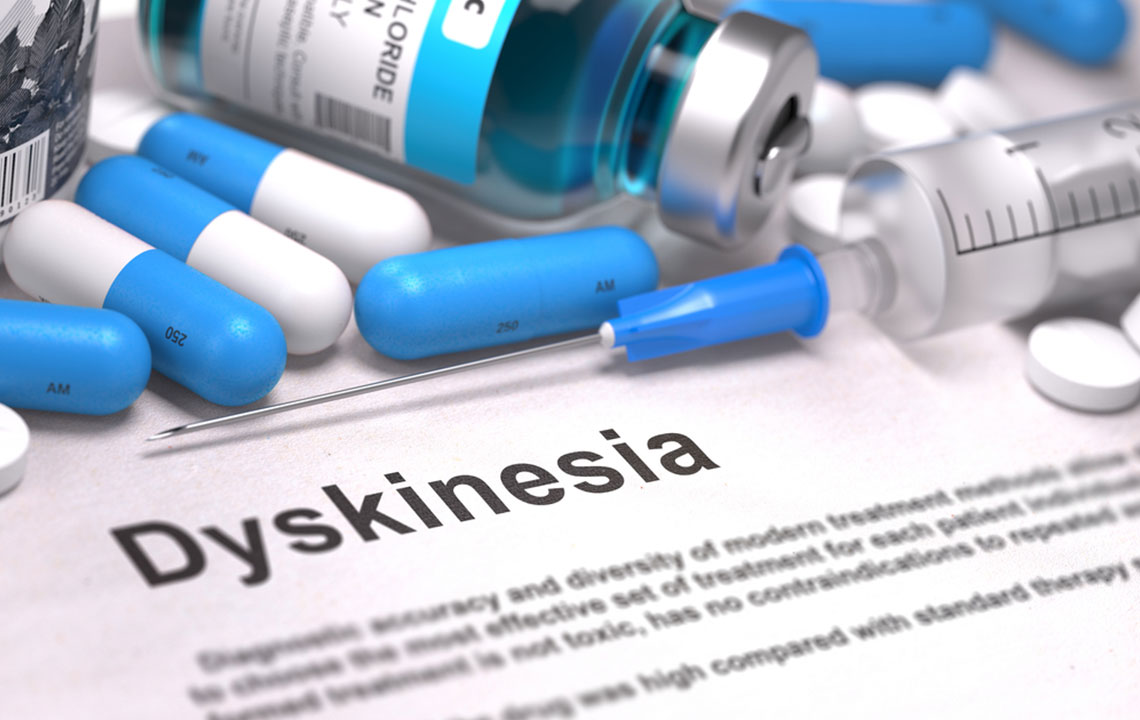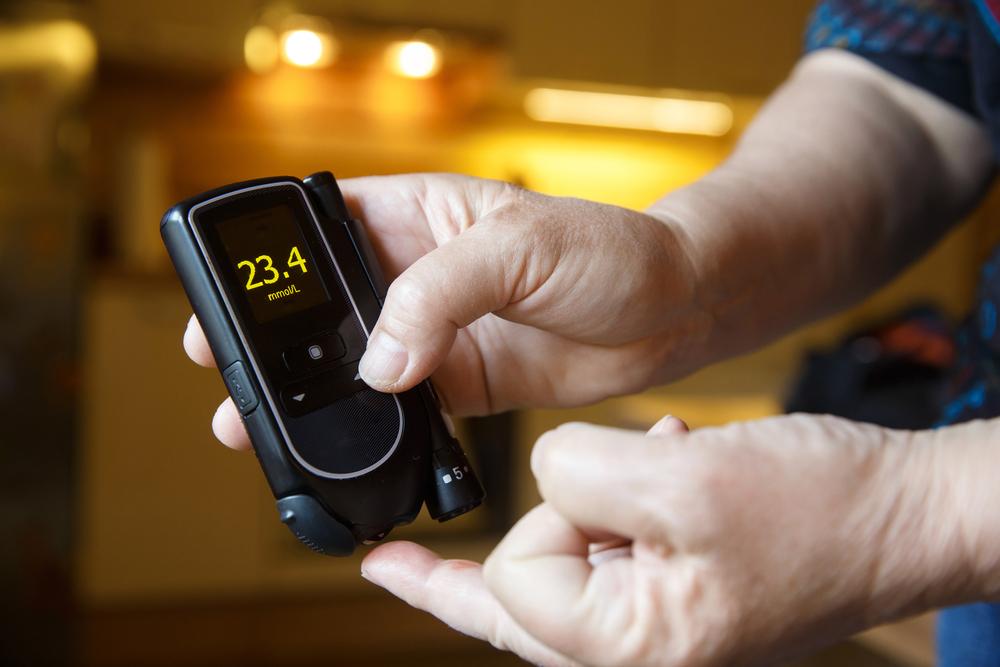Comprehensive Approaches to Managing Tardive Dyskinesia Effectively
This comprehensive guide explores effective strategies for managing tardive dyskinesia, including medical treatments, dietary adjustments, and lifestyle changes. Early diagnosis and a multidisciplinary approach can significantly improve quality of life for affected individuals. Learn about medication options, nutritional safety, and ways to reduce stress to control symptoms and live more comfortably with this neurological disorder.

Comprehensive Approaches to Managing Tardive Dyskinesia Effectively
Tardive dyskinesia (TD) is a complex neurological disorder marked by involuntary, repetitive, and often jerky movements that primarily affect facial muscles, neck, arms, and legs. This condition commonly emerges as a side effect of long-term use of certain neuroleptic drugs, which are often prescribed for schizophrenia, bipolar disorder, and other psychiatric conditions. Studies have shown that anywhere between 20% to 50% of individuals undergoing extended neuroleptic therapy may experience symptoms of tardive dyskinesia. While this condition can be challenging, early intervention and comprehensive management strategies can significantly mitigate its impact and improve patients' quality of life.
Medical Treatments and Pharmacological Interventions
Effective management of tardive dyskinesia begins with consultation and close monitoring by healthcare professionals. Physicians may review current medications to identify potential contributors and adjust dosages or switch to alternative therapies to reduce symptoms. Several FDA-approved medications are available specifically for TD treatment, including deutetrabenazine and the medication marketed as INGREZZA®. These drugs work by modifying neurotransmitter activity in the brain, particularly dopamine regulation, which helps control involuntary movements. However, it's important to note that these medications can have side effects such as drowsiness, dizziness, irregular heartbeat, or symptoms resembling Parkinson’s disease, so their use must be carefully managed under medical supervision. In some cases, additional options like botulinum toxin injections or deep brain stimulation might be considered for severe cases resistant to medication.Dietary and Nutritional Strategies
Patients affected by tardive dyskinesia often face challenges related to muscle movements that interfere with eating and swallowing. Such difficulties increase the risk of choking and aspiration pneumonia, making dietary management a crucial aspect of overall care. Healthcare providers typically recommend modifications to diet, emphasizing soft, easy-to-swallow foods—such as mashed potatoes, smoothies, yogurt, and bananas—to ensure adequate nutrition and safety. In some cases, liquid diets might be prescribed temporarily to aid recovery or manage severe symptoms. Patients are encouraged to eat slowly, chew thoroughly, and take small bites to reduce choking hazards. Regular nutritional assessments ensure that patients maintain proper caloric intake and avoid deficiencies that could affect overall health.Lifestyle Changes for Symptom Management
Managing tardive dyskinesia extends beyond medication and diet; lifestyle adjustments play a significant role in improving symptoms and enhancing quality of life. Engaging in regular, gentle exercise can help reduce tremors, improve muscle strength, and maintain flexibility — activities like walking, stretching, and yoga can be particularly beneficial. Mindfulness practices, including meditation, deep breathing exercises, and relaxation techniques, can alleviate stress which often aggravates muscle movements. Stress management is crucial because emotional tension can worsen symptoms or trigger additional involuntary movements. Outdoor activities and exposure to natural environments can boost mental well-being and provide a calming effect. Support groups or counseling services offer emotional assistance, allowing individuals to share experiences and learn coping strategies. Engaging with others who understand their condition can foster resilience and hope, making daily challenges more manageable.Overall, a multidisciplinary approach that combines medical treatment, dietary management, and lifestyle modifications is essential for effectively controlling tardive dyskinesia. Working closely with healthcare providers, patients can develop personalized care plans that address their specific needs and circumstances. Advances in neurology and pharmacology continue to offer promising options for managing this disorder, but awareness and proactive care remain the cornerstones of successful management. Early diagnosis and continuous monitoring are key to reducing the severity of symptoms, preventing complications, and supporting patients in maintaining their independence and quality of life.





